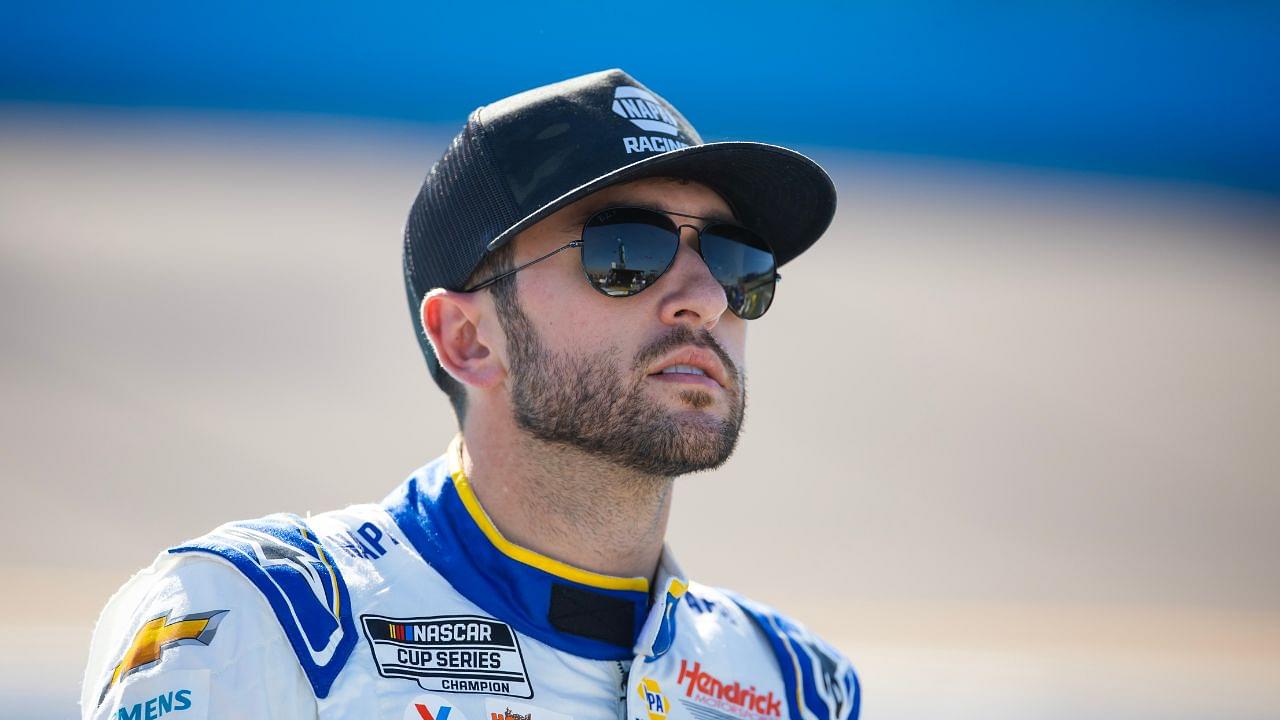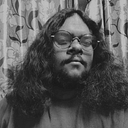The ‘Lucky Dog’ rule in NASCAR has had its fair share of controversy since its inception. However, the word ‘Lucky Dog’ wasn’t specified on the rule books. Instead, it was coined by analyst Benny Parsons. The rule was implemented during the 2003 season after two notable drivers, Dale Jarrett and Casey Mears, were almost a part of a massive on-track tragedy while they tried to speed up during a yellow flag period. So what does the ‘Lucky Dog’ rule exactly do?
Advertisement
Well, in a nutshell, the rule states that during yellow caution flags in a race, the first driver, who is a lap or more behind the leader, will automatically have their lap returned once the caution flag is withdrawn. However, the rule also has exceptions to maintain fairness and competitiveness.
For example, drivers with mechanical problems who are not in contention with the leaders are ineligible as the rule aims to benefit those already on track and competitive. Additionally, drivers previously penalized in the same race cannot benefit from the ‘Lucky Dog’ rule. Lastly, those responsible for causing the current caution flag are also excluded to prevent an unfair advantage.
The main intention of the ‘Lucky Dog’ rule was to keep the racing safe and not see drivers who were a lap down intentionally speed during the yellows in a bid to get their lap back. However, over the years, the rule also attracted some criticism, citing that the generally slow drivers getting their lap back was not something they deserved since they did not earn the same.
What was the 2019 Chase Elliott controversy with the NASCAR Lucky Dog Rule?
Back in 2019, during the Folds Of Honor/Quik Trip 500 at the Atlanta Motor Speedway race, Hendrick Motorsports driver Chase Elliott was potentially eligible for the ‘Lucky Dog’ rule since he was not in violation of any of the three exemptions.
However, NASCAR officials did not provide any clarification on the matter, leading Elliott to express his frustration with their decision-making process after finishing the race in the 19th position. While speaking with the media later on, he stated, “(NASCAR officials) haven’t been doing a very good job the past couple weeks with a few calls … just easy stuff that’s not difficult – if that is indeed the case.”
Although Elliott wanted to have the ruling be in his favor, he clarified that he knew he was not going to win or anything with the position he was in. But at the end of the day, if such a ruling existed and the HMS driver was within the bounds of receiving his lap back, it should have been the case, instead of NASCAR officials assuming silence on the matter.





